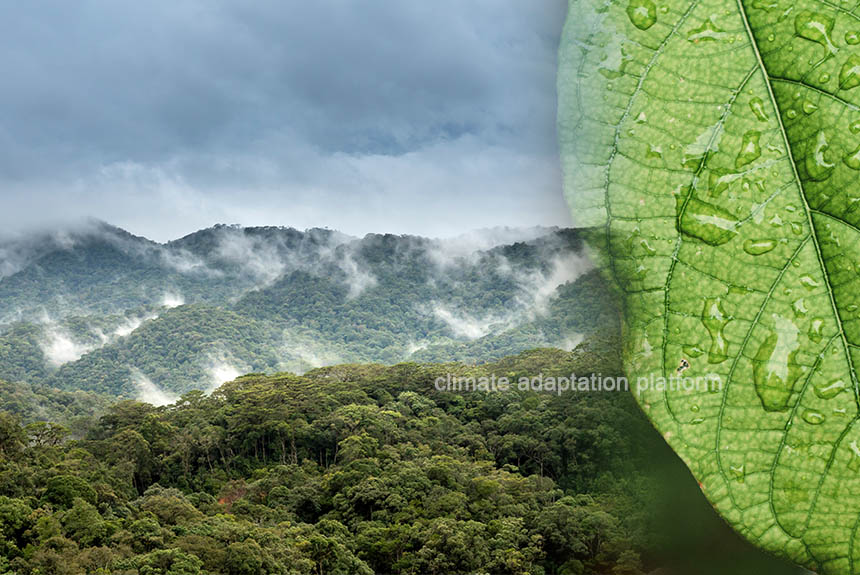Trees are often touted as an effective climate mitigation strategy because they capture and store carbon naturally.
Trees and vegetation also offer a cooling effect through the evaporation of moisture collecting on their leaves and soil and the shading they provide.
The cooling process that trees offer is why it is also used as a heat adaptation strategy against the urban heat island (UHI) effect. Research shows urban forests can lower surface temperatures in cities than areas without trees.
However, increasing temperatures due to climate change threaten trees’ ability to capture and store carbon and cooling functions. High temperatures could cause entire canopies to die if nothing more is done to stop them from rising.
A new study published in the journal Nature finds that tropical forests could face the risk of experiencing extremely high temperatures due to climate change that could lead to necrosis in their leaves, causing leaves to die and even stopping their process of photosynthesis.
A study by a group of scientists from the US, Australia, and Brazil finds that leaves in the tropical forests from South America to Southeast Asia may get too hot, threatening their function to photosynthesise when temperatures reach around 46.7°C (116 F).
Although these temperatures might seem high, the temperature of leaves is often much higher than the ambient air. According to one of the study’s authors, Dr Sophie Fauset, in one extreme example, she observed a difference of 18°C between air and leaf temperature.
The team used specialist equipment, including a sensor on the International Space Station, allowing scientists to look at the canopies on a bigger scale. They used temperature data beamed down from thermal satellite sensors on the International Space Station, 400 kilometres (nearly 250 miles) above the Earth.
According to CNN, citing the published study, they combined this with on-the-ground observations from leaf-warming experiments, in which scientists climbed into the canopy to add sensors to leaves painstakingly.
Tropical forests can withstand around 4°C (7.2 F) of additional warming before reaching a tipping point where they fail to photosynthesis.
“The 4.0 °C estimate is within the ‘worst-case scenario’ (representative concentration pathway (RCP) 8.5) of climate change predictions for tropical forests and therefore, it is still within our power to decide (for example, by not taking the RCP 6.0 or 8.5 route) the fate of these critical realms of carbon, water and biodiversity”, the study says.
Researchers note that their findings have serious implications because tropical forests are home to most of the world’s biodiversity and are key climate regulators.
Simulating the fate of tropical forests under future climate change warming scenarios shows a reduction of plants’ evaporative cooling ability and increases leaf temperature and plant mortality.
Read the study: Tropical forests are approaching critical temperature thresholds
Sources:
Paddison, L. (2023, August 23). Parts of the tropical rainforests could get too hot for photosynthesis, study suggest. CNN. Retrieved from https://edition.cnn.com/2023/08/23/world/tropical-forest-heat-photosynthesis-climate-scn-intl/index.html
Ricks, R. (2023, August 25). Rising tree temperatures could lead to ‘severe consequences’. BBC. Retrieved from https://www.bbc.com/news/uk-england-devon-66594806
Doughty, C.E., Keany, J.M., Wiebe, B.C. et al. Tropical forests are approaching critical temperature thresholds. Nature (2023). https://doi.org/10.1038/s41586-023-06391-z



Leave a Reply